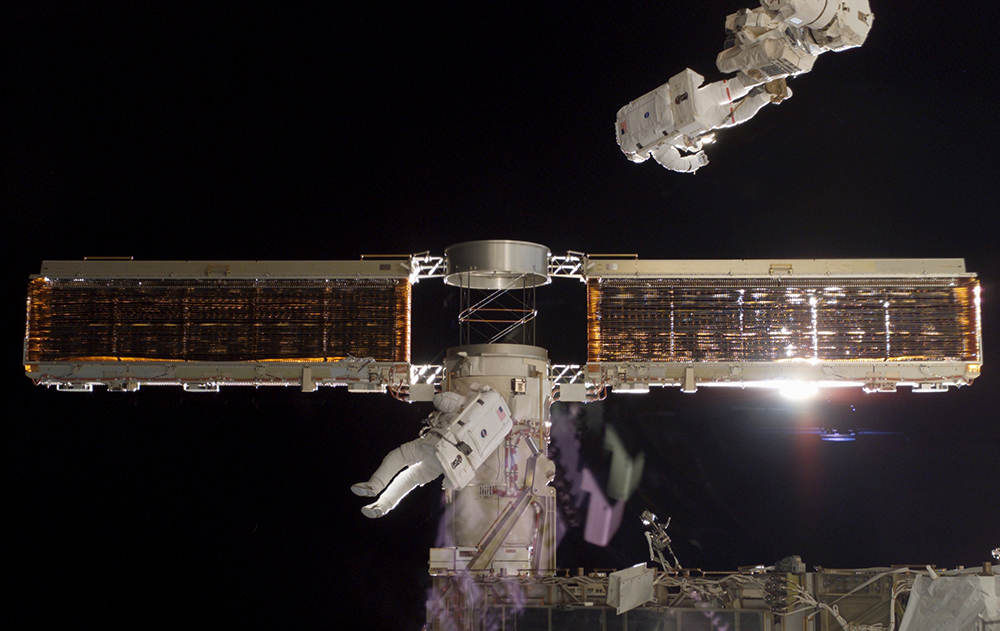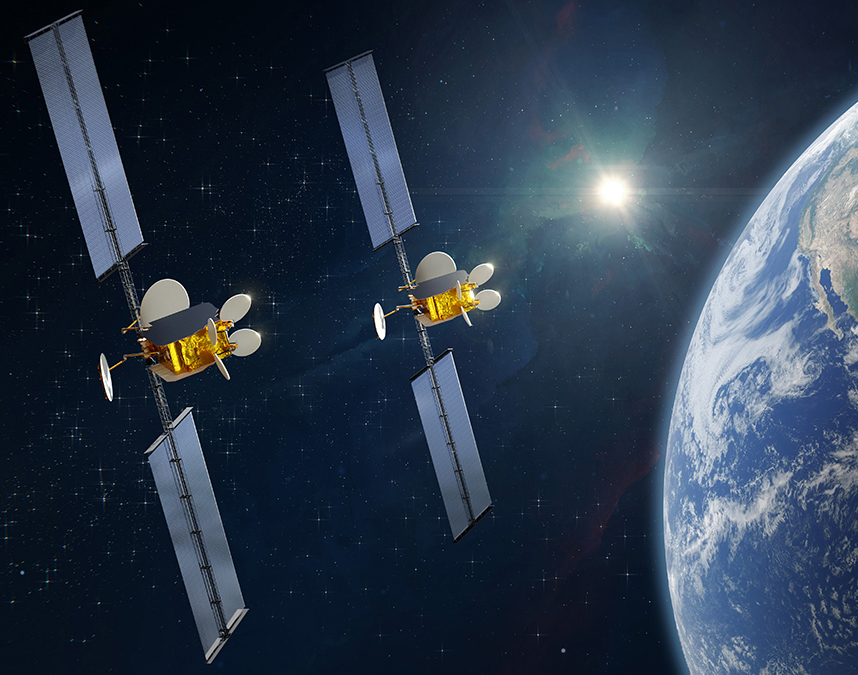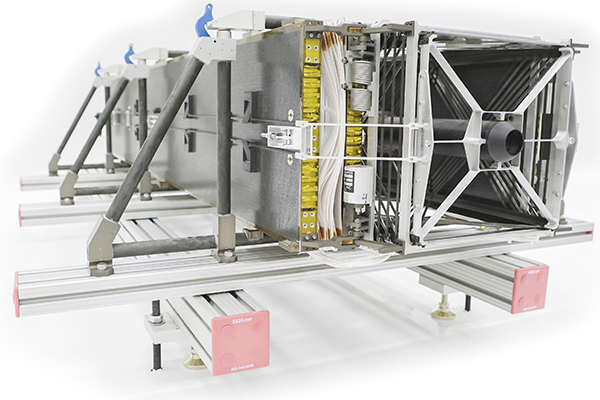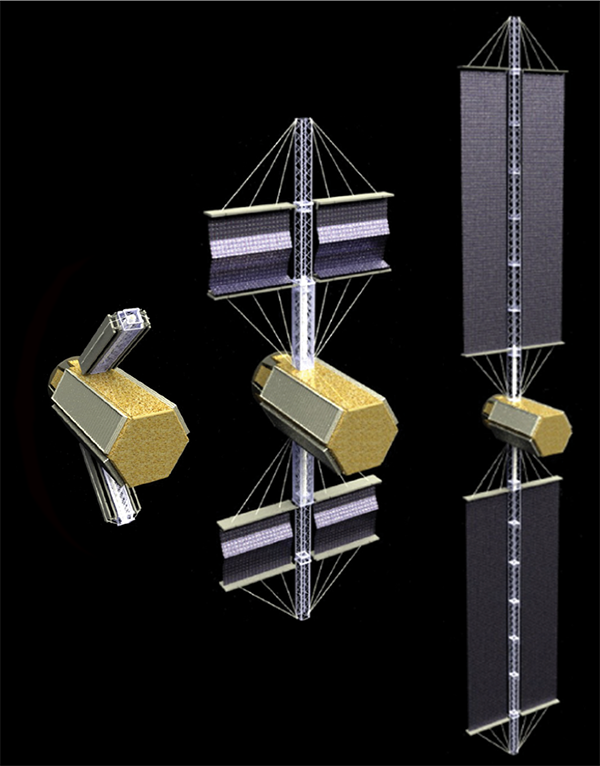
New Solar Array Design Saves Space
Subheadline
NASA’s Compact Telescoping Array will conserve commercial satellite launch costs
Sending astronauts almost 240,000 miles to the Moon was the technical challenge of the day half a century ago. Carrying the cargo necessary to send astronauts 40 million miles to Mars will be no less daunting in the next decades. Total reliance on traditional combustion-based engines would require too much fuel, so NASA is considering scaling up a newer technology, called solar electric propulsion. But this will require massive solar panels.
To address that challenge, several years ago, a team at NASA’s Langley Research Center in Hampton, Virginia, started imagining new ways to stow and deploy large, flexible solar arrays.
“If you’re really serious about hauling tens of tons of cargo to Mars, you can’t do it efficiently with traditional chemical thrusters,” said Richard Pappa, who managed the project at Langley. While using solar-powered electric thrusters would dramatically reduce the amount of fuel the craft would have to carry, the amount of space the stowed arrays would occupy in the rocket during launch could be prohibitive.
The team started with the design for the International Space Station’s solar arrays. These are supported along a central boom, and the solar blankets fold into a compact bundle. But the boom, made of a foldable lattice structure, is contained in a large, heavy canister, and the solar blankets also require a bulky housing. Instead, the Langley team proposed a central mast that would “telescope,” extending by means of a smaller, screw-like mechanism and eliminating the need for a canister.
The packaging efficiency of the resulting design, known as the Compact Telescoping Array (CTA), reduces the volume of a stowed solar array by about a third.
In 2015, the design captured the attention of Orbital ATK Inc., now part of Northrop Grumman Corporation. Langley issued two Small Business Innovation Research (SBIR) contracts to the company Angstrom Designs, with Orbital ATK as the subcontractor, to build and test experimental units, while the Air Force supplied additional SBIR funding.
By 2021, Northrop Grumman found its first CTA customer, with Airbus Defence and Space ordering enough arrays to power its new OneSat communication satellites.
Several of the world’s largest satellite communications companies have already commissioned OneSat satellites, including Britain’s Inmarsat, Australia’s Optus, Japan’s JSAT, and the multinational Intelsat.
For all these clients, the compact packaging will save on launch costs by allowing more satellites to be launched at once. “While most launches carry just one or two satellites, the CTA smartly tucks into the satellite bus design, so three satellites can fit on one rocket,” said Alan Jones, flexible solar array product director at Northrop Grumman.
Jim Spink, program manager at the Northrop Grumman facility in Goleta, California, where the arrays are produced, said he and Jones saw increasing potential for the CTA as the design progressed. “Now it’s become a major product,” he said. “That push from NASA and the SBIR funding sparked this innovative class of solar array, which will enable higher-performance spacecraft designs. We’re excited to see where it goes next.”

Northrop Grumman’s first major customer for its new, NASA-based Compact Telescoping Array (CTA) solar panel design is Airbus, which is using the panels on its new OneSat communication satellites, shown in this artist’s rendering. Credit: Airbus Defence and Space Ltd.

When Northrop Grumman’s final version of the CTA is collapsed, the solar blankets and central mast are tightly packed into the smallest possible package. Credit: Northrop Grumman Corporation

As the CTA’s central mast extends, it unfurls the entire panel with it. Credit: Northrop Grumman Corporation

A team of engineers at Langley Research Center started with the design for the massive, collapsible solar panels on the International Space Station and then figured out how to reduce the bulky housings for the solar blankets and the central boom that supports them. Credit: NASA













